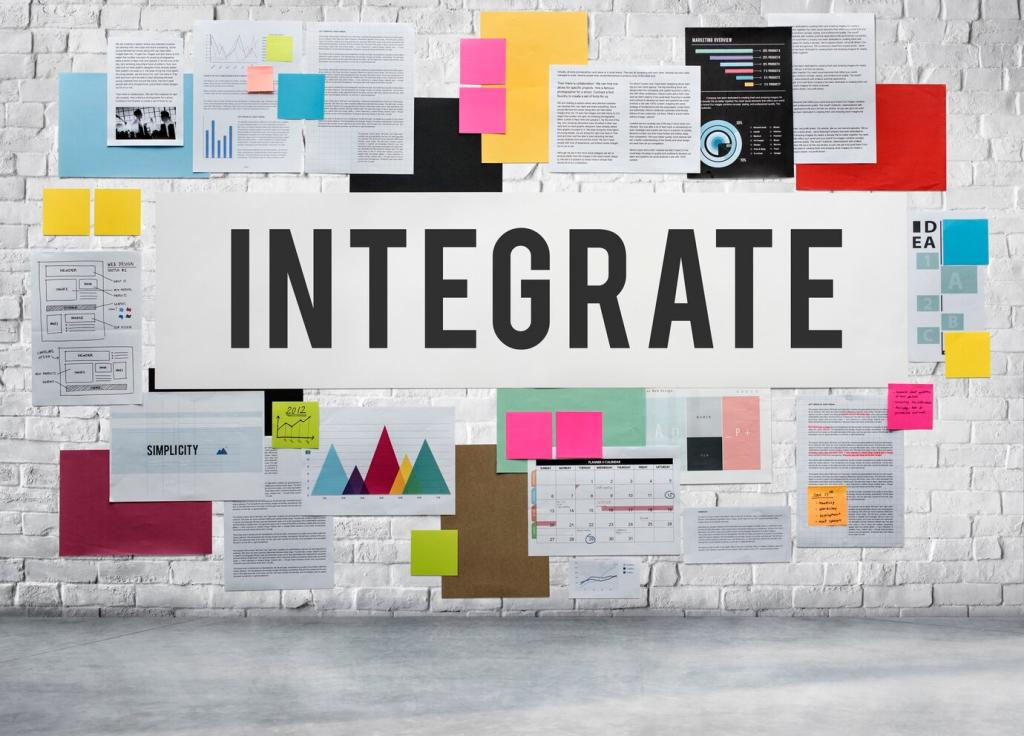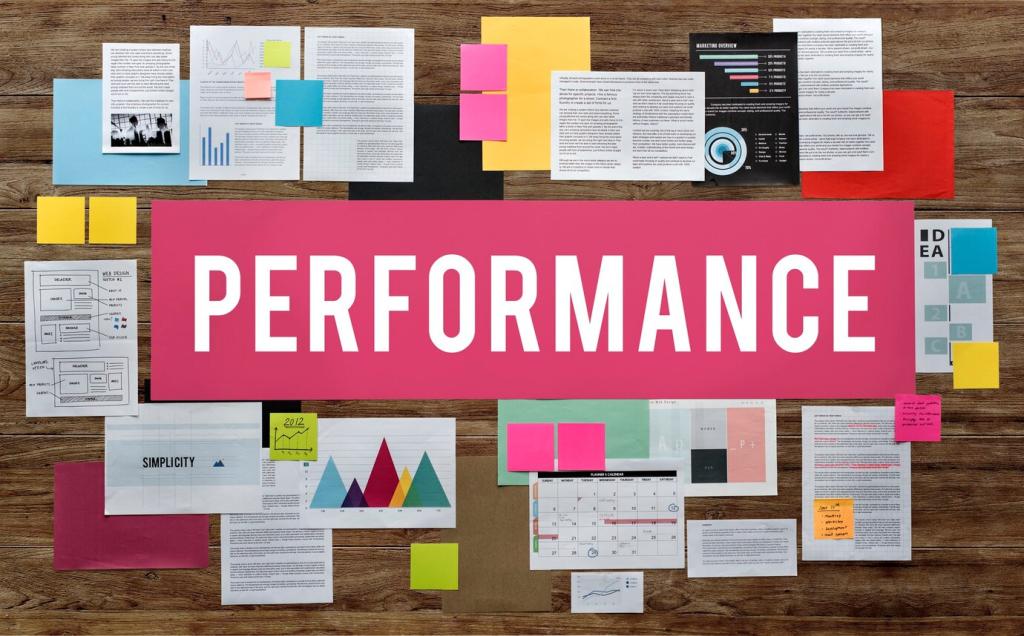Education Policies: From Classrooms to GDP
High‑quality early childhood programs often show large, enduring benefits: better school readiness, higher graduation rates, and increased earnings decades later. Employers benefit from a stronger pipeline of adaptable workers, while communities see lower remedial costs. These outcomes accumulate into higher productivity, a broader tax base, and more resilient local economies.
Education Policies: From Classrooms to GDP
Partnerships between colleges, unions, and employers reduce skills mismatches that waste potential. Stipends, modular credentials, and paid apprenticeships help adults retrain without losing income. When curricula follow real hiring needs, firms scale faster, wages rise, and regions compete better for high‑value investment rather than racing to the bottom on costs.











